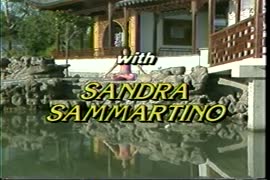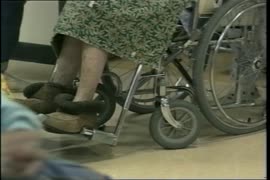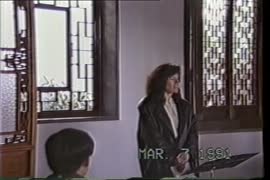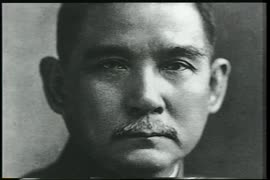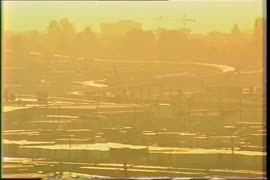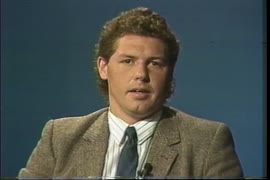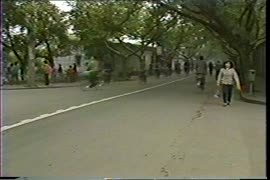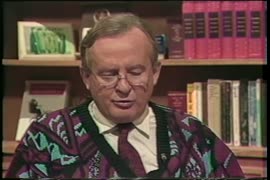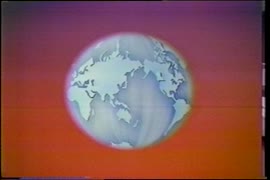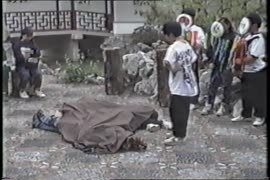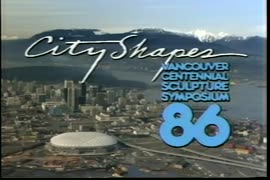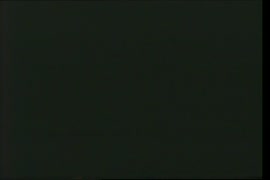Item is an amateur film which captures images of Vancouver in 1974 as the creator, Hans Sipma, rode his bicycle about the city. The ride begins near Semlin Dr. and 1st Ave. and proceeds north to Kitchener St., then turns left onto Garden Drive and continues to East Hastings. Some storefronts on East Hastings are briefly visible before the ride continues northbound on Nanaimo, with Crown Mountain and Mt. Fromme visible on the horizon. The ride proceeds north to Wall St., and then along Wall St. eastbound to the Second Narrows Bridge (now the Ironworkers Memorial Second Narrows Crossing).
Crossing into North Vancouver, the bike is directed westbound along Main, Cotton Dr., and Low Level Rd., where the Saskatchewan Wheat Pool substation is visible. The bike detours over the train tracks and onto Pier 94, capturing images of ships, cranes, and lumber piles before continuing west via Esplanade Ave., Forbes Ave., and 3rd St. to Marine Drive. The ride then captures stills westbound along Marine Drive, passing Pemberton Ave. and Capilano Rd. before crossing Lions Gate Bridge back into Vancouver.
From the bridge, Mr. Sipma ventured up on a trail to Prospect Point before proceeding southbound on Stanley Park Dr., then catching another trail down to Third Beach. Along the seawall numerous people are seen walking, and the downtown skyline grows nearer. He proceeds past Second Beach Pool and captures several stills of Englesea Lodge. As he travels down the Seaside Bicycle Route, the Burrard Street Bridge can be seen in the background.
He makes his way up Beach Ave. before carrying his bicycle up a set of concrete stairs to the surface of Burrard Street Bridge, where he dodges those walking on the sidewalk as he rides southbound. He pauses briefly at the intersection of Burrard and Cornwall before riding southeast toward Granville Island. As he continues along the Seaside Bicycle Route, a great deal of construction can be seen along the south side waterfront of False Creek. There are glimpses of the north shore of False Creek. Mr. Sipma emerges from the trail and heads east, pausing briefly at Cambie and 2nd Ave. before heading along 1st Ave. He heads north up Quebec St. He then turns to head back home, heading down Main St., and then 1st Ave. via Terminal Ave until he hits Victoria Dr., from which he turns homebound into an alley just as the film runs out. During his ride, Mr. Sipma captures gas prices, buses, cars, stores, signs, city skylines and buildings, clothing, and much more in 1974 Vancouver.

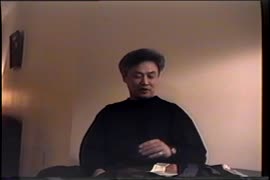
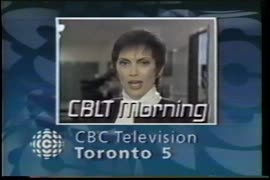



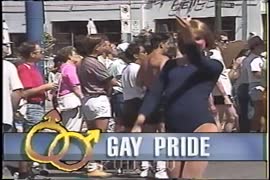
![Drop In- CBC [Sweeney Cooperage Ltd. barrel manufacturing]](/uploads/r/null/d/5/2/d5258b681880406d1613b36909d4e3d73fdd1d9e5676ae48153cd51128eda4d6/2f7564e4-022e-4d28-b690-0c10b1c364fb-2013-015_142.jpg)
![KVOS (Bellingham) [Sweeney Cooperage Ltd. barrel manufacturing]](/uploads/r/null/a/4/6/a468115b7fc475e2fc806fe24d8aeffd53c7ef85900b7a9fba6d5891f3d72906/e41208f8-fae6-4b80-b5df-03a72c73f933-2013-015_142.jpg)
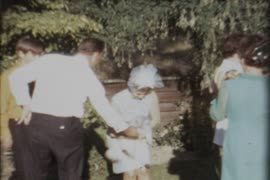

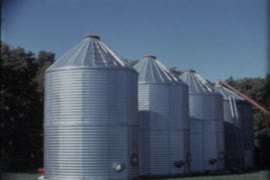

![Rec[orded] 1985](/uploads/r/null/d/c/0/dc0eaf2caf16572349ad30a329802ce8b3b3af8060f0806eb77d50b93513c5be/a30e11fe-6794-4872-9aae-7852ec608d69-2013-004_142.jpg)


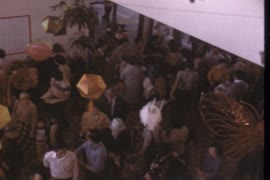

![Chinese National Conven[tion] 9-7-75](/uploads/r/null/c/6/b/c6b2e6cab569ccc8a2a5d75c53976ab4bd8272d495432caa3fc8f03715b0bff2/42d09b8b-f7bc-44e3-a832-af825d7fca74-2013-033_142.jpg)
![L[as] V[egas] and Air Travel to Van. Airport - Sept, 1973 and UBC Japanese Garden](/uploads/r/null/7/2/3/7236623b840d44ebec7bcabd6c23aa2b980981867f038dd227a30268c6418fbe/3c0cf91f-ad59-4a4c-99ae-801a909b7a02-2012-010_142.jpg)
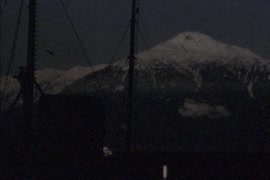
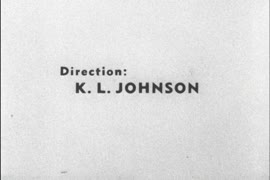
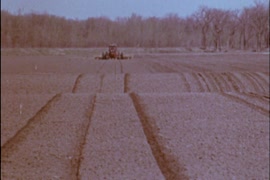

![Urban transportation : [excerpt]](/uploads/r/null/7/d/b/7dbbeb3764e6ddda11556a1b33b992d48eba5c586ff79b639195dae07b1083ac/1cda363d-7993-4687-8cdc-126f993c937c-2010-028_142.jpg)


